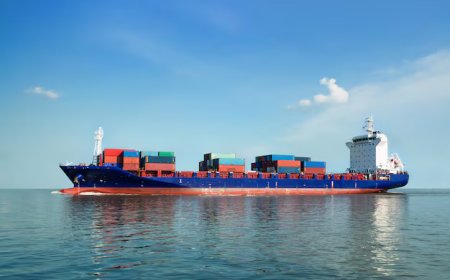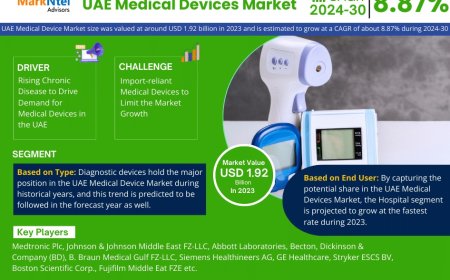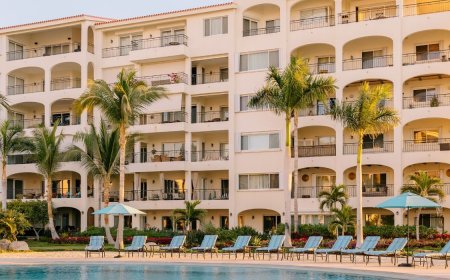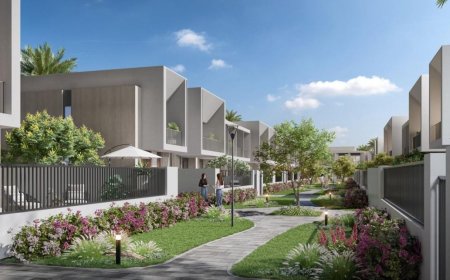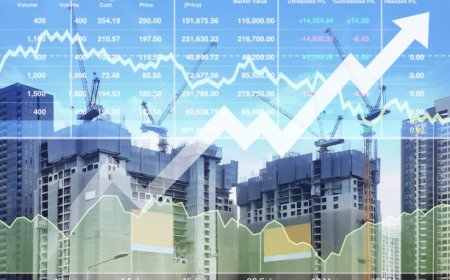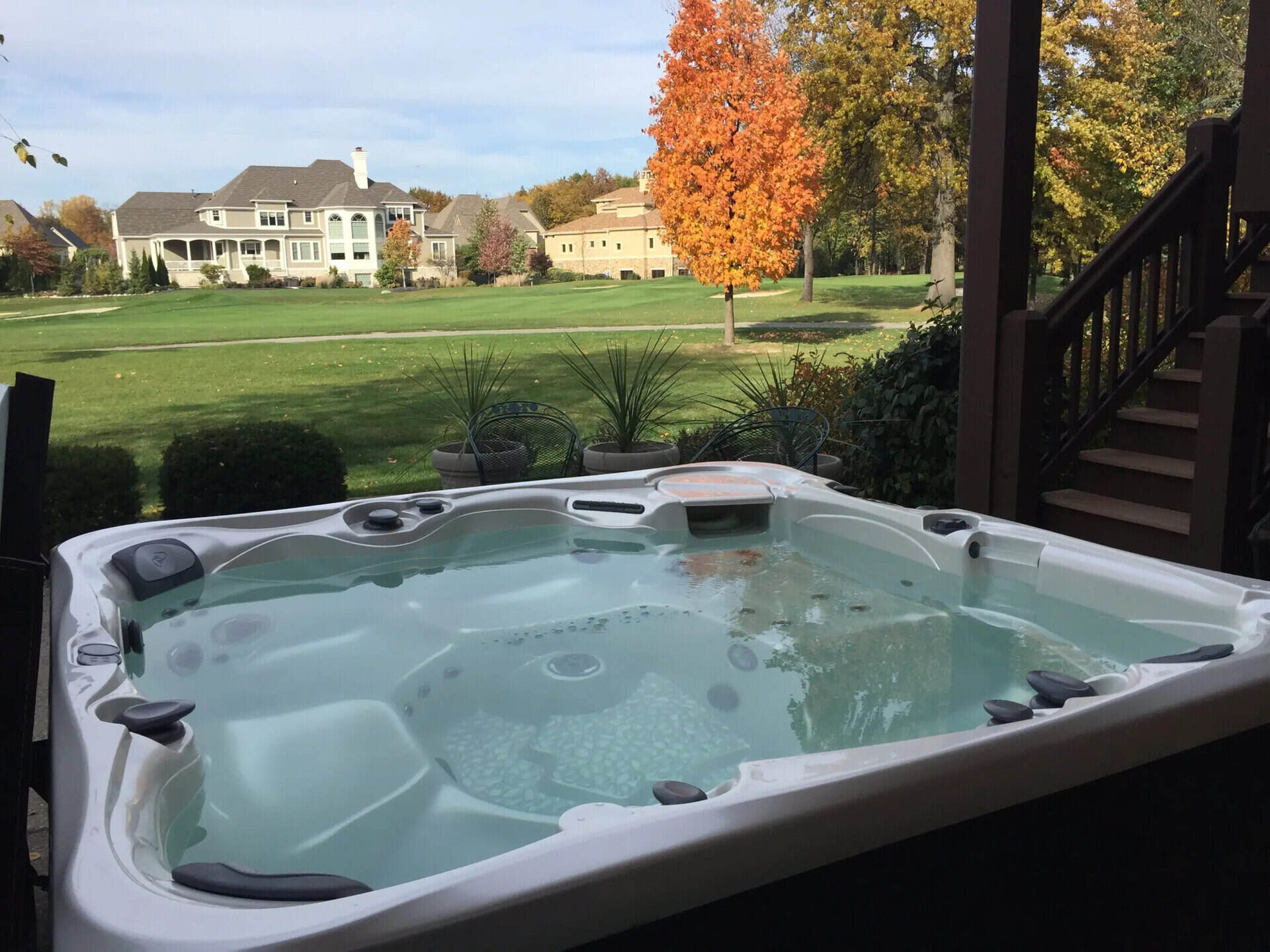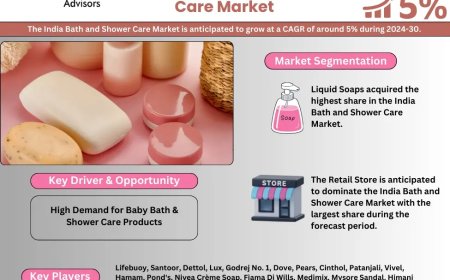How Often Should You Really Drain and Refill Your Spa?
Water Chemistry Becomes Your Silent Partner
The relationship between water quality and drainage frequency is more nuanced than most spa owners realize. While manufacturers of best hot tub brands across Oregon often provide general guidelines, the reality is that your specific usage patterns, environmental conditions, and water source quality create a unique fingerprint for your spa's maintenance needs. The traditional three-to-four-month rule fails to account for the complex interplay of factors that actually determine when your water has reached its useful life.
Understanding total dissolved solids becomes crucial in this equation. These microscopic particles accumulate from bathers, chemicals, and environmental debris, creating an invisible burden that eventually overwhelms your filtration system. When TDS levels exceed 1,500 parts per million above your starting water, no amount of chemical balancing can restore water quality to acceptable standards. This threshold often arrives much sooner than calendar-based drainage schedules suggest.
The Bather Load Mathematics That Changes Everything
Every person who enters your spa contributes approximately 150 to 200 gallons worth of contaminants over time, regardless of how clean they appear. This contribution includes natural oils, dead skin cells, hair products, lotions, and microscopic debris that accumulates in ways invisible to the naked eye. The mathematical relationship between bather frequency and water degradation follows a predictable pattern that smart spa owners can use to optimize their drainage timing.
Heavy usage periods, such as holiday gatherings or summer entertaining, can compress months of normal contamination into just weeks. Conversely, periods of light usage can extend water life significantly beyond standard recommendations. The key lies in tracking actual usage rather than relying on arbitrary time intervals. A spa used daily by multiple people will require drainage every six to eight weeks, while occasional weekend use might allow water to remain fresh for five to six months.
Environmental Factors That Accelerate Water Degradation
Outdoor installations face unique challenges that indoor spas never encounter. Wind-blown debris, pollen, dust, and seasonal organic matter create constant contamination that indoor units avoid entirely. Rain dilutes chemical concentrations while simultaneously introducing new contaminants, creating a double impact that affects water balance and cleanliness. These environmental factors can reduce optimal water life by thirty to fifty percent compared to indoor installations.
Temperature fluctuations also play a significant role in water degradation. Extreme heat promotes bacterial growth and chemical breakdown, while freezing temperatures can damage water chemistry balance when protective measures fail. Geographic location influences these factors dramatically, with coastal areas dealing with salt air corrosion and desert regions facing intense evaporation that concentrates contaminants.
Chemical Saturation Points and Their Warning Signs
Water reaches chemical saturation when it can no longer respond effectively to balancing attempts. This saturation manifests through persistent cloudiness, unusual odors, skin irritation, or rapid chemical consumption without corresponding improvements in water quality. These symptoms indicate that the water has accumulated too many dissolved substances to maintain proper chemical balance, regardless of the products added.
Chlorine demand testing reveals when water chemistry has become compromised beyond recovery. When chlorine levels drop rapidly after treatment or when shocking fails to achieve breakpoint chlorination, the water has likely reached its useful end. Similarly, pH levels that swing dramatically or resist adjustment indicate chemical saturation that drainage can resolve more effectively than continued chemical treatment.
The Hidden Costs of Delaying Drainage
Extended drainage intervals create false economy by increasing chemical consumption, filter replacement frequency, and equipment wear. Saturated water requires more chemicals to maintain basic standards, often doubling or tripling normal chemical costs during the final weeks before drainage. Filter systems work harder to process contaminated water, reducing their lifespan and effectiveness while increasing energy consumption.
Equipment corrosion accelerates in chemically imbalanced water, particularly affecting heaters, pumps, and metal components. The cost of premature equipment replacement often exceeds the water and energy costs of more frequent drainage by significant margins. Additionally, poor water quality creates negative user experiences that diminish the value and enjoyment of spa ownership.
Seasonal Drainage Strategies for Optimal Results
Strategic drainage timing can maximize water life while minimizing maintenance burden. Spring drainage removes winter accumulation before heavy usage seasons begin, while fall drainage prepares systems for reduced usage periods. Summer drainage addresses peak contamination loads, and winter drainage in moderate climates can take advantage of lower usage periods.
Seasonal considerations also affect refill water quality. Spring refills often encounter higher mineral content from groundwater sources, while summer refills may contain more chlorine from municipal treatment increases. Understanding these seasonal variations helps optimize chemical startup procedures and initial water conditioning.
Advanced Monitoring Techniques Beyond Test Strips
Digital water testing systems provide precise measurements that reveal water degradation patterns invisible to standard test strips. These systems track trends over time, identifying gradual changes that indicate approaching drainage needs. Professional water analysis services offer comprehensive testing that reveals specific contaminant types and concentrations, providing detailed guidance for drainage timing.

Photometer testing delivers laboratory-level accuracy for home spa owners, enabling precise monitoring of critical parameters. These devices detect subtle changes in water chemistry that indicate saturation approaching, allowing for proactive drainage scheduling rather than reactive responses to water quality problems.
The Fresh Start Advantage of Proper Drainage
Complete drainage provides opportunities for thorough spa cleaning that partial water changes cannot achieve. Biofilm removal, deep filter cleaning, and plumbing line purging eliminate accumulated contaminants that persist through normal maintenance routines. This comprehensive reset extends subsequent water life and improves overall spa performance significantly.
Fresh water startup procedures optimize chemical efficiency and equipment performance for the upcoming usage period. Proper initial balancing creates stable water chemistry that resists contamination and maintains quality longer than water that has been continuously treated over extended periods.
Usage Pattern Analysis for Personal Optimization
Tracking individual usage patterns reveals personal drainage schedules that optimize both water quality and maintenance costs. High-frequency users benefit from shorter drainage intervals, while occasional users can safely extend periods between changes. Creating usage logs helps identify patterns that influence water degradation rates and chemical consumption.
Understanding personal contamination factors helps refine drainage timing further. Families with young children, frequent entertaining, or multiple daily users require more frequent drainage than couples who use their spa primarily for relaxation. These personal factors often outweigh manufacturer recommendations in determining optimal drainage frequency.
Economic Optimization Through Strategic Timing
Calculating the true cost of water maintenance includes chemical expenses, filter replacements, energy consumption, and equipment wear. Comparing these costs against drainage frequency reveals optimal intervals that minimize total ownership costs while maintaining water quality standards. This analysis often shows that more frequent drainage reduces overall maintenance expenses.
Water and energy costs for refilling represent only a fraction of total spa operating expenses. The savings from reduced chemical consumption, extended filter life, and decreased equipment wear typically exceed refill costs within the first few weeks of fresh water operation.
Conclusion
Determining optimal spa drainage frequency requires understanding the complex interplay between usage patterns, environmental factors, and water chemistry rather than following arbitrary calendar schedules. The traditional three-to-four-month guideline serves as a starting point, but individual circumstances often demand significant adjustments to this baseline recommendation.
Smart spa owners develop personalized drainage schedules based on actual usage data, environmental conditions, and water quality monitoring rather than manufacturer generalizations. This approach optimizes both water quality and maintenance costs while ensuring consistently enjoyable spa experiences throughout the ownership period.
The investment in proper water monitoring equipment and understanding personal usage patterns pays dividends through reduced chemical costs, extended equipment life, and superior water quality. Regular drainage at optimal intervals represents preventive maintenance that protects both equipment investment and user satisfaction over the long term.





